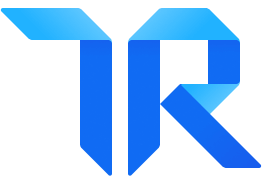Saturn cloud
An Alternative to Databricks
Saturn Cloud offers a more low-cost infrastructure for scaling, collaborating, and optimizing resource management. Jump into a fully-managed environment and start training your model in seconds.
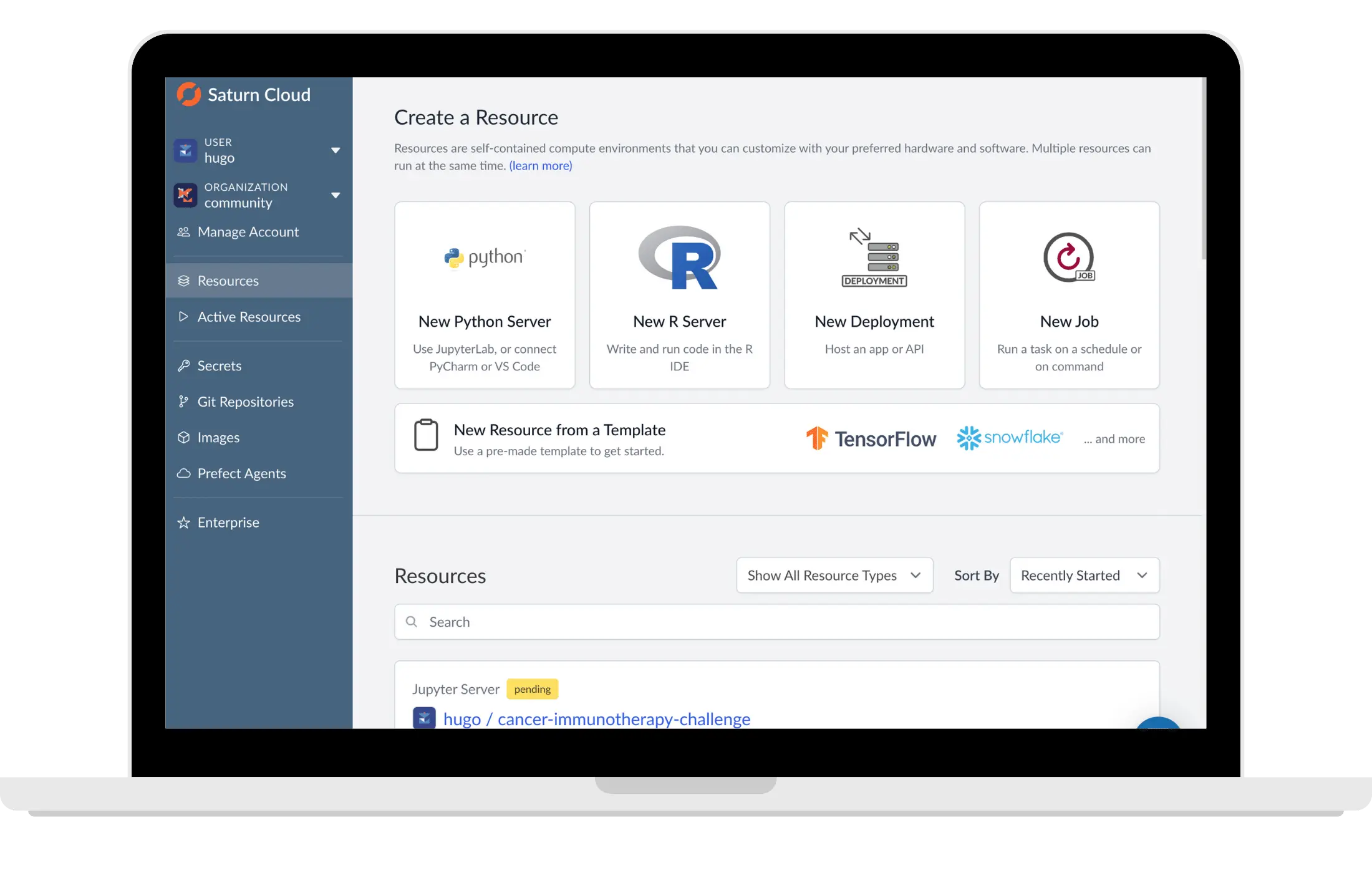
Comparing Saturn Cloud and Databricks
Saturn Cloud provides a data science platform that is more configurable and more interoperable than Databricks.
Platform Features | Saturn Cloud | Databricks |
|---|---|---|
Ease of Use | ||
Approach | Saturn Cloud prioritizes ease of use while still allowing data scientist and teams access to large-scale computing resources. | Databricks prioritizes processing large data first and ease of use second. |
Interactive Environment | ||
Notebooks | Users employ JupyterLab and R, or they can SSH into their preferred IDE, meaning they can replicate their local environment. | Users work in a custom interactive notebook environment, with the limitations inherent to custom solutions. |
Tools & Workflow Flexibility | ||
Libraries | Users can install almost any library or package by utilizing pip, apt, conda, or a start script–minimizing dependency issues and maximizing flexibility. | Users utilize the custom workplace library system to install packages, the complexity of which could lead to dependency and runtime problems. |
Git Repositories | Full git functionality | Limited git functionality (i.e., one branch) |
Scalability & Performance | ||
Instance Types | Saturn Cloud’s upper range is 4 TB and 128 vCPUs, so users can run bigger workloads that require instances of these sizes. | Databricks maxes out at 768 GB of RAM and 96 vCPUs per instance for large-sized instances. |
Distributed Computing | Users can employ Dask clusters, which, for Python users, can not only be easier to debug and control but also be faster. | Users must employ Spark clusters with interface layers to their preferred languages, which can be more difficult to debug and can potentially be slower for some use cases. |
Leading Companies Choose Saturn Cloud











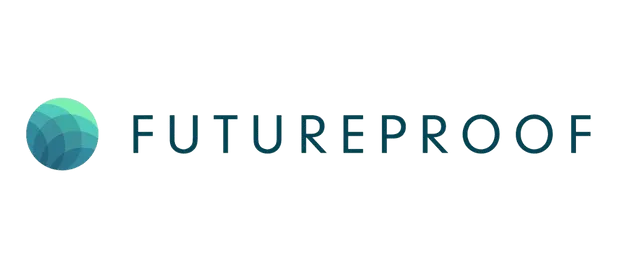






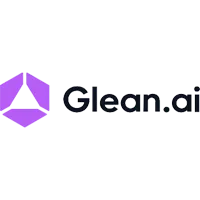




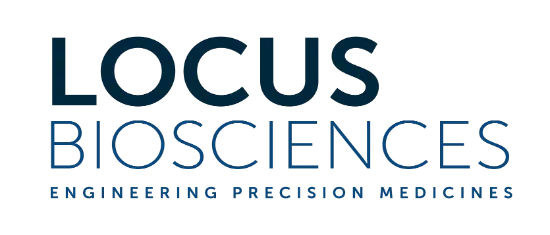



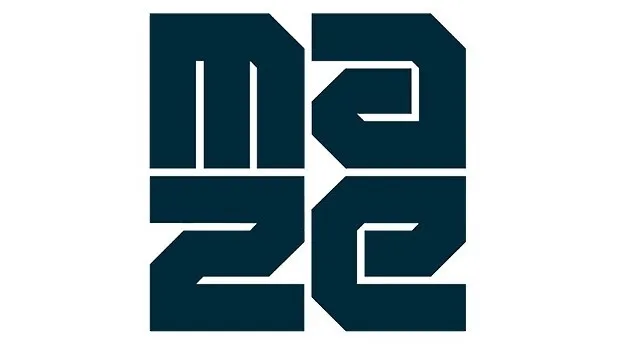

Loved by Engineers and AI Leaders
- Unleashing the full potential of open-source LLMs was made possible thanks to Saturn Cloud. Allowing me to add GPUs seamlessly immensely accelerated my experimentation process, providing a highly customized sandbox-like environment, ideal for any task that can benefit from the specialization of customized machine learning and data science.
- Saturn Cloud makes my work so much easier. When I sit down at the beginning of the day, I just want my environment to work. I want my favorite packages installed and available on demand. I want it to be easy to scale my workspace and have it shut down automatically when I'm done. Saturn Cloud solves all of that. Their customer service is also top-notch.
- Saturn Cloud is a great platform for training AI models. It is easy to use and has a user-friendly interface. I have used it to train BERT models, and it has helped me speed up the training process significantly. I would recommend Saturn Cloud to anyone looking to train AI models.
- Taking runtime down from 60 days to 11 hours is such an incredible improvement. We are able to fit in many more iterations on our models. This has a significant positive impact on the effectiveness of our product, which takes many iterations to perform at the standard necessary for our customers.
Flexible pricing for every data scientist, team, and company.
Hosted
The essentials for individual data scientists- Resources with 64GB RAM or a GPU
- Use JupyterLab, RStudio, and Dask
- Upgrade to a paid account for:
- Deployments and jobs
- Up to 4TB of RAM and 8 GPUs
- Pay as you go pricing
Hosted Organizations
Collaboration tools on our cloud environment- Share resources between users on a team
- Create group-owned resources
- Use admin tools to monitor and control usage
Enterprise
Install Saturn Cloud into your own AWS account- Installs into your AWS account from the AWS Marketplace
- Advanced security: SSO and installation into custom VPCs and private subnets available
- Dedicated technical support
THE LEADING ML PLATFORM
Try Saturn Cloud Today
Start on a free Hosted Pro plan to see what Saturn Cloud can do. On a team? Contact Us!
Need a seamless and flexible alternative to Databricks?
Choose Saturn Cloud.
With our open cloud environment, data scientists can work according to their unique business workflows, priorities, and needs, just as if they were working in their local environments. To learn more about the differences between Saturn Cloud and Databricks, check out our comparison whitepaper.
 Sign in with Google
Sign in with Google

